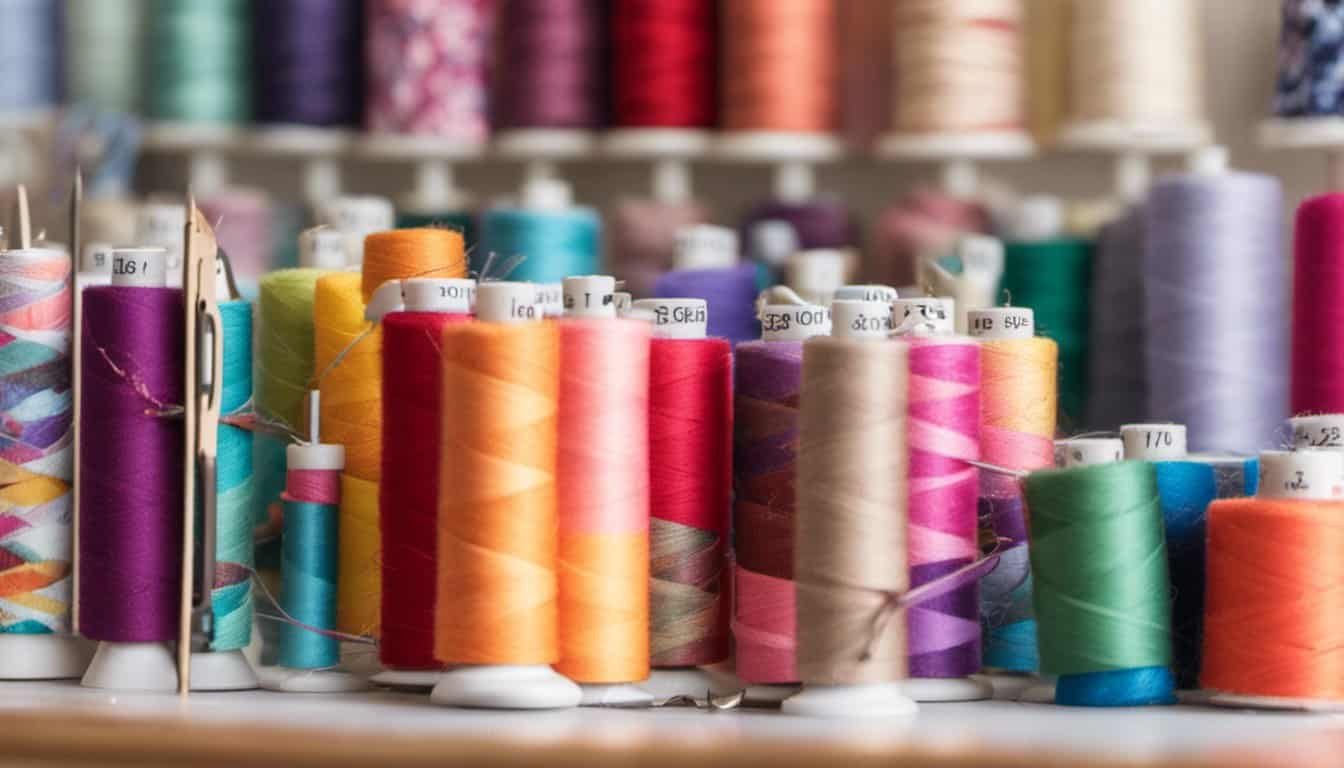There’s something special about creating your own kitchen towels. Not only do they add a personal touch to your home, but sewing a fabric kitchen towel set can be a fun and rewarding project. Whether you’re a seasoned seamstress or just starting out, it’s a great way to express your creativity and make something practical.
Overview of Sewing a Fabric Kitchen Towel Set
Sewing a fabric kitchen towel set offers a fun and practical way to add personal flair to your kitchen. This project not only enhances your home but also provides an opportunity to use unique fabrics that match your decor and bring joy to daily tasks.
Creating kitchen towels involves selecting appropriate fabrics, cutting them accurately, and finishing the edges to ensure durability. I enjoy exploring various fabric types like cotton, linen, or terry cloth, each offering different textures and absorbencies for diverse uses.
Basic supplies required include fabric, thread, pins, a rotary cutter, cutting mat, and a sewing machine. Having these items ready makes the sewing process smooth. I’ll often pre-wash my fabric to prevent shrinking and ensure colors stay vibrant after washing.
The sewing process typically starts with cutting the fabric to desired sizes, usually around 18 by 28 inches for standard towels. Next, I pin the edges, fold them under, and sew straight seams to create a neat finish. Adding decorative elements, such as embroidery or contrasting fabric strips, takes the project to another level.
Sewing a kitchen towel set allows for thoughtful customization, making it easy to create gifts or coordinate sets that cater to a specific theme, like holidays or seasonal events. Overall, this project combines creativity and utility, making it a rewarding endeavor for anyone interested in sewing.
Materials Required
Creating a fabric kitchen towel set requires specific materials for the best results. I’ll outline the essential items you’ll need for this exciting sewing project.
Choosing the Right Fabric
Selecting the right fabric is crucial for durability and aesthetic appeal. Opt for cotton or linen, which absorb moisture well and withstand frequent washing. Consider the weight; medium-weight fabrics balance sturdiness and flexibility. Look for designs that match your kitchen’s theme, whether it’s floral prints, stripes, or solid colors. Pre-washing fabric helps prevent shrinkage and ensures a better fit during construction.
Tools and Equipment Needed
Gather the following tools and equipment to simplify your sewing process:
- Sewing Machine: A basic model suffices for most projects. Ensure it’s in good working condition with fresh needles.
- Fabric Scissors: Sharp scissors cut fabric cleanly, preventing fraying.
- Thread: Match the thread color to your fabric for a seamless look. Use polyester thread for added strength.
- Measuring Tape: Accurate measurements ensure properly sized towels.
- Pins or Clips: Secure fabric layers together during sewing for straight lines.
- Iron: Pressing fabric before and after sewing enhances the final appearance.
- Rotary Cutter and Mat (optional): Speed up cutting with a rotary cutter and mat for precision.
By gathering these materials, you’re set to dive into the project and create functional, beautiful kitchen towels.
Step-by-Step Guide
Creating a fabric kitchen towel set involves several straightforward steps. I’ve detailed the process below to help you achieve beautiful and functional towels.
Preparing the Fabric
Preparing the fabric lays the foundation for a successful project. First, wash and dry your fabric to prevent future shrinkage. This step ensures your towels maintain their size after the first wash. Next, iron the fabric to eliminate wrinkles, providing a smooth surface for cutting. Once the fabric is ready, decide on the dimensions for your towels—standard sizes typically range from 15 x 25 inches to 20 x 30 inches.
Cutting the Pieces
Cutting the fabric precisely is crucial for achieving neat edges. Use fabric scissors for a clean cut. Measure twice and cut once, ensuring the edges remain even. When cutting multiple pieces, stack your fabric layers for efficiency. For added accuracy, use a rotary cutter and mat if available. Mark your cutting lines with a fabric marker, keeping those lines within the seams to avoid visible markings on finished towels.
Sewing the Towels
Sewing the towels involves straightforward steps. Begin by pinning or clipping the edges of your fabric pieces, aligning them securely. Use a straight stitch on your sewing machine, maintaining a seam allowance of about ¼ inch. To prevent fabric from fraying, consider using a zigzag stitch along the edges or serging the fabric if you have the equipment. After sewing, trim excess fabric at the corners for a crisp finish, then turn the towel right-side out. Finally, press the towel with an iron to flatten the seams for a polished appearance.

By following these steps, you’ll create a beautiful set of kitchen towels that enhance your home while offering a touch of personal flair.
Tips for a Successful Project
Creating your own fabric kitchen towel set can be a fun and fulfilling task. Here are some tips to ensure a smooth sewing experience.
Techniques for Neat Edges
- Use a Straight Stitch: This technique provides a clean seam and prevents fabric fraying.
- Finish Edges with a Zigzag Stitch: A zigzag stitch secures raw edges effectively, enhancing durability and maintaining a polished look.
- Press as You Go: Ironing seams opens up fabric fibers, creating a neat finish and helping fabric lay flat.
- Trim Threads: Regularly trim loose threads for a tidy appearance throughout the project.
- Invest in Quality Scissors: Sharp fabric scissors allow for precise cutting, resulting in cleaner edges and reduced fabric unraveling.
Personalizing Your Towels
- Incorporate Embroidery: Adding initials, monograms, or decorative patterns customizes your towels and adds an elegant touch.
- Choose Themed Fabrics: Select fabrics that reflect your personality or seasonal themes to enhance your kitchen’s decor.
- Add Trim and Ribbons: Decorative trim or fabric ribbons provide unique flair, making your towels stand out.
- Use Colorful Thread: Opt for contrasting thread colors when sewing for an eye-catching effect on seams.
- Create Matching Sets: Design a cohesive set by using coordinating fabrics or colors that complement each other, increasing functionality and style.
Conclusion
Sewing your own fabric kitchen towel set is such a rewarding experience. Not only do you get to add a personal touch to your kitchen but you also create something practical that you can use every day. I love how this project allows for creativity while also being accessible for everyone.
Whether you’re an experienced seamstress or just starting out it’s all about enjoying the process. From picking out fabrics that match your style to adding those little decorative details that make each towel unique it’s a fun way to express yourself. So grab your supplies and start sewing your very own set of kitchen towels. You’ll be amazed at how satisfying it is to see your creations come to life!

















